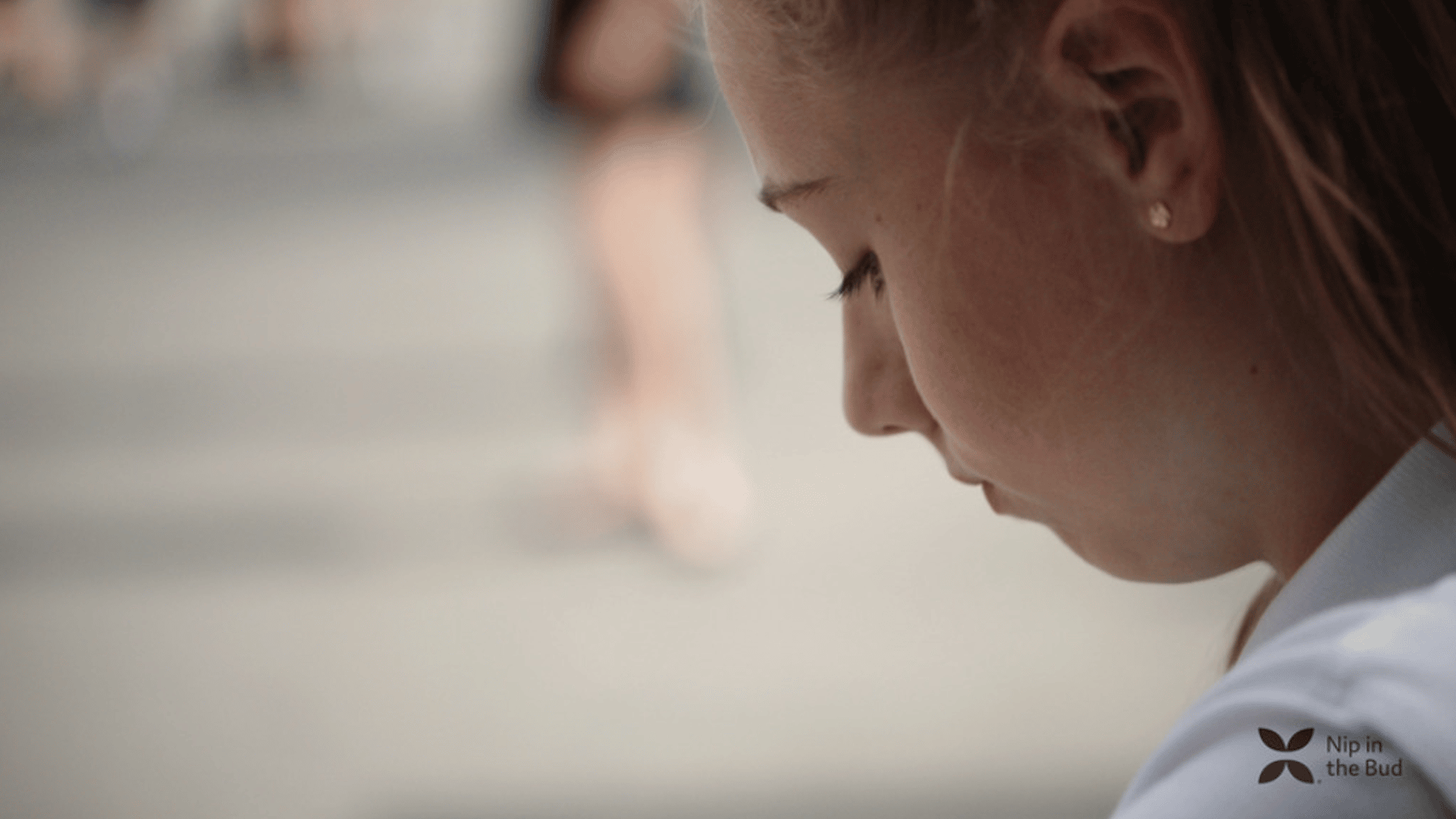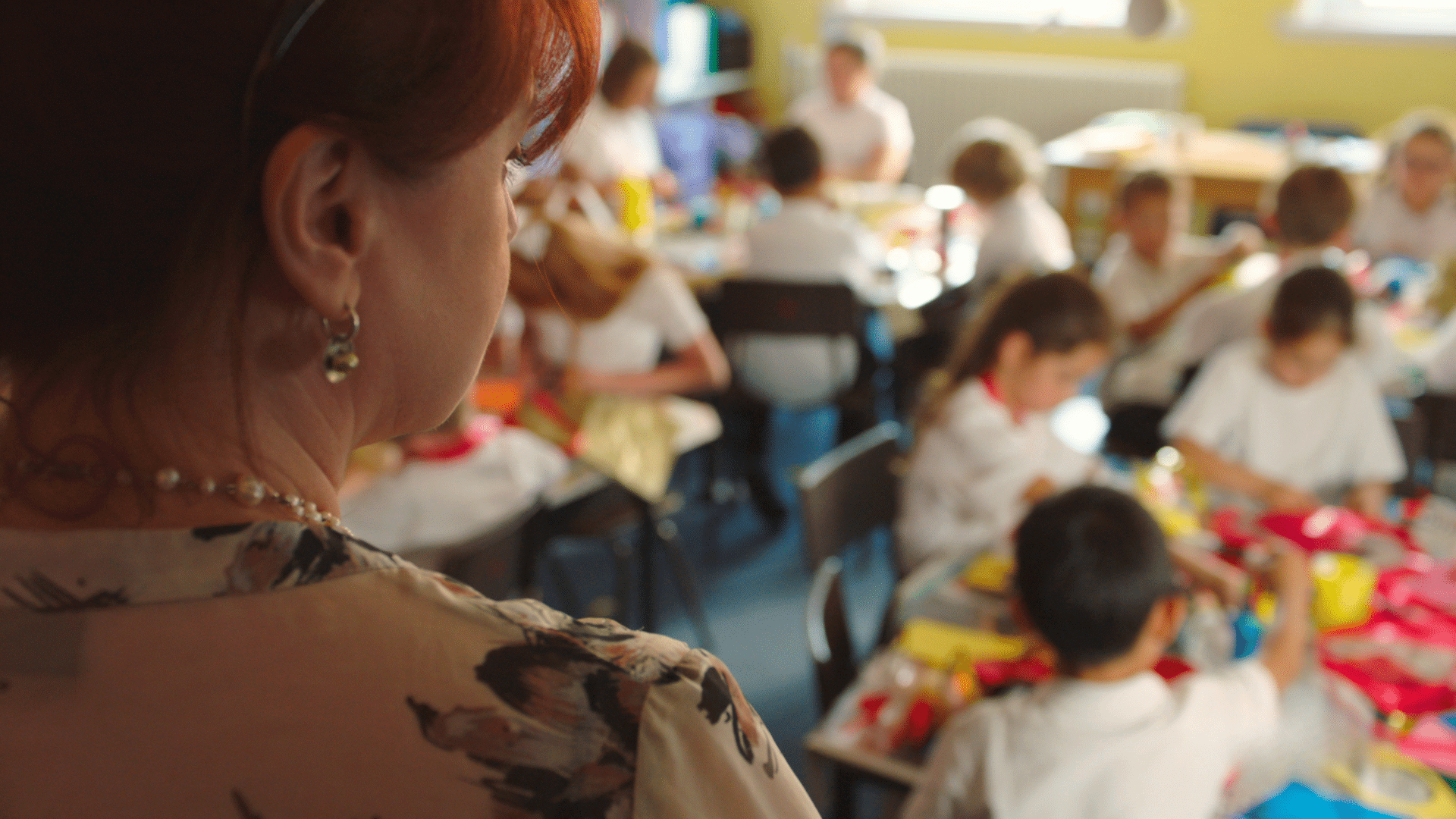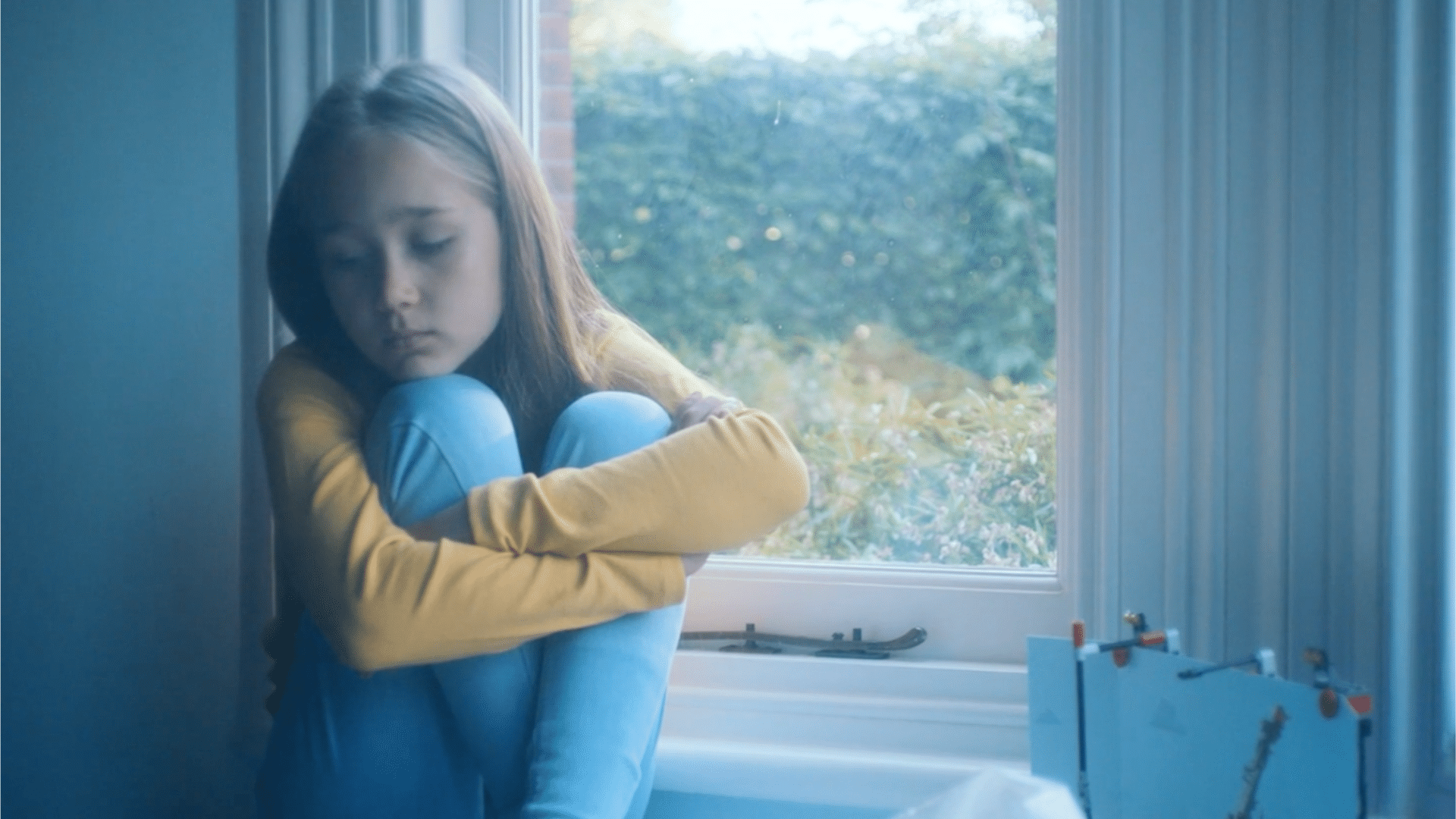
Grief and loss can affect child mental health in a number of ways. All children will experience some impact from losing a parent or loved one. Usually, with the right support, they will eventually learn to manage their grief and be able to continue living a healthy and happy life.
However, some children may experience severe, ongoing or even long term effects as a result of grief and loss. If a child doesn’t understand their feelings or is unable to explain what they’re experiencing, it can be challenging for them to make sense of their emotions.
That’s why it’s very important for adults to help them understand and articulate their feelings. In some cases, adults should also seek help on a child’s behalf, particularly if they’re very young or aren’t mentally equipped to do so themselves.
How grief and loss can affect child mental health
Most children who have suffered a significant loss will experience some sadness for a long while afterwards. This is normal and even if they display mild symptoms of depression or anxiety, there’s no cause to worry.
However, if the child’s sadness persists, or gets worse and when it is accompanied by at least several additional symptoms, then it is a good idea to get medical help.
Symptoms of depression after grief and loss
Depression can affect different children in different ways. A child might feel any one or more of the following key symptoms:
- feeling sad or down, the feelings do not go away or may get worse
- feeling irritable
- not enjoying things they previously enjoyed
They may also be tired all the time, have difficulty concentrating, be moody and tearful or even begin injuring or hurting themselves. Children can experience physical symptoms as a result of depression, such as aches and pains or a lack of energy and enjoyment in anything.
Can grief and loss cause other child mental health conditions?
Children who have an existing mental health condition, or those who have experienced a traumatic loss, may develop co-occurring conditions. These include anxiety, PTSD or obsessive compulsive disorder (OCD).
Some children will experience anxiety as the innate fight or flight reaction that occurs in the body in situations of fear or danger. Symptoms include heart beating faster, sweating, shortness of breath, tension in muscles, shakiness, nausea, headaches.
Others may develop certain ways or routines for doing things or need to have certain items with them as they feel this will help to keep them ‘safe’. These are known as safety behaviours. These safety behaviours can be similar to the symptoms of OCD, which often includes a combination of obsessions and compulsions.
It’s important to provide a safe space where the child can discuss their worries and behaviours in a non-judgemental environment. As a parent, the best thing you can do is encourage your child to speak openly about their feelings in the way they feel most comfortable. Then, simply listen to what they have to say.





